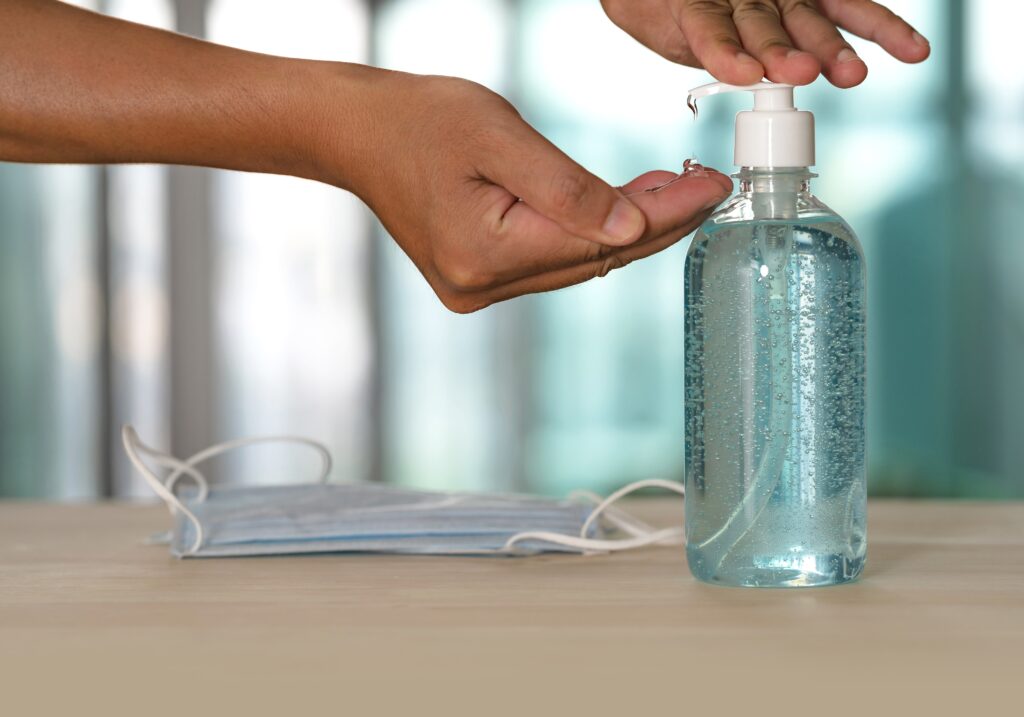The adherence of health professionals to hand hygiene increased by more than 10% in 2020 compared to previous years, a change considered “a very positive legacy of Covid-19”, revealed the director of the PPCIRA infection control program.
“Since there was PPCIRA [Program for Prevention and Control of Infections and Antimicrobial Resistance] we are always going up. It came from the 50% always going up, but it was going up slowly. In 2020, the leverage was very high», said program director José Artur Paiva.
According to the official, 2020 “was the first year” in which the adherence rate exceeded 80%, more specifically, “in every 100 times the health professional went to the patient for clinical purposes, more than 82 times he made the hand hygiene correctly”.
PPCIRA is a program of the Directorate-General for Health (DGS) created in 2013.
Data for 2021 are being worked on.
In this field, the objective of the World Health Organization (WHO) is to reach 90% adherence.
“What PPCIRA has to do, and is doing, is to sustain those gains. I am hopeful that the pandemic crisis has contributed to behavioral change. If we now continue to rise like this, we will reach 90% in a short time”, said the co-coordinator of the Commission for Monitoring the National Response in Intensive Medicine for covid-19.
These data are the result of unannounced observational assessments, ie audits carried out on teams of active health professionals.
To Lusa, José Artur Paiva, who calls the hand hygiene procedure «altruistic», safeguarded that the previous practices happened «not out of harm», but «very much out of solidarity between colleagues or thinking about the patient».
PPCIRA follows a multimodal strategy of basic infection control precautions, with hand hygiene and the correct use of gloves among the 10 program items.
“This is the brick of everything else. It's not worth dealing well with tubes and catheters if we don't have the basics. There is a lower probability of hospital infections being frequent”, he stressed.
José Artur Paiva, who is director of Intensive Medicine at the Centro Hospitalar Universitário de São João (CHUSJ), admitted that “when you think about hospital infections, you think about basic infection control precautions”, which includes hand hygiene, clothes, appliances, bed, surfaces.
At the same time, in December, PPCIRA launched the 'e-Bug' campaign, which aims to include questions related to basic hygiene protections in the 1st, 2nd and 3rd Cycles syllabus.
“The goal is for children to spread the message within the home. The contents are focused on hand hygiene and respiratory etiquette,” she said.
The 'e-Bug' is the result of a partnership between the DGS, the Directorate-General for Education, and the Norwegian Institute of Public Health with funding from the EEA Grants.



















Comments